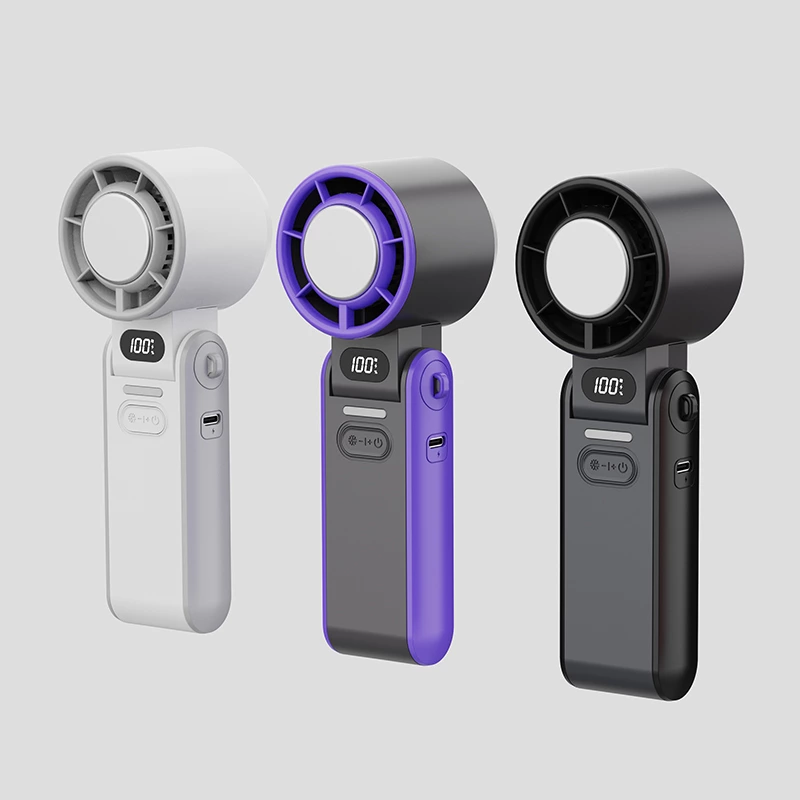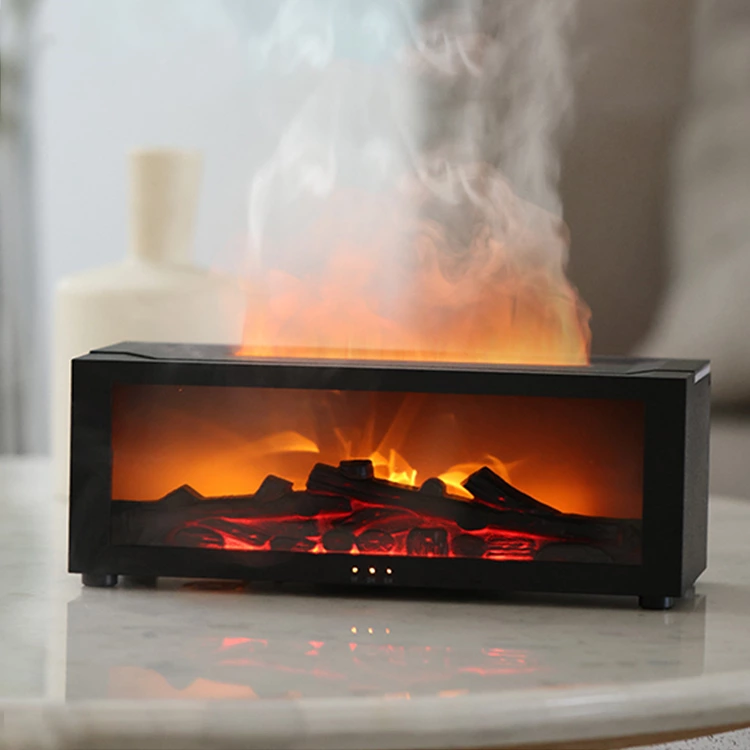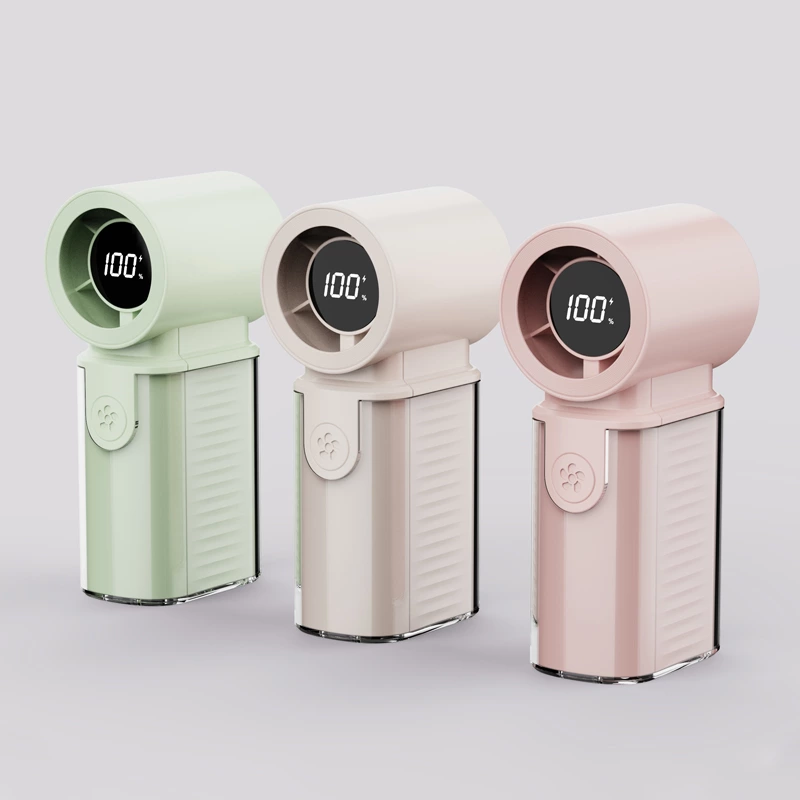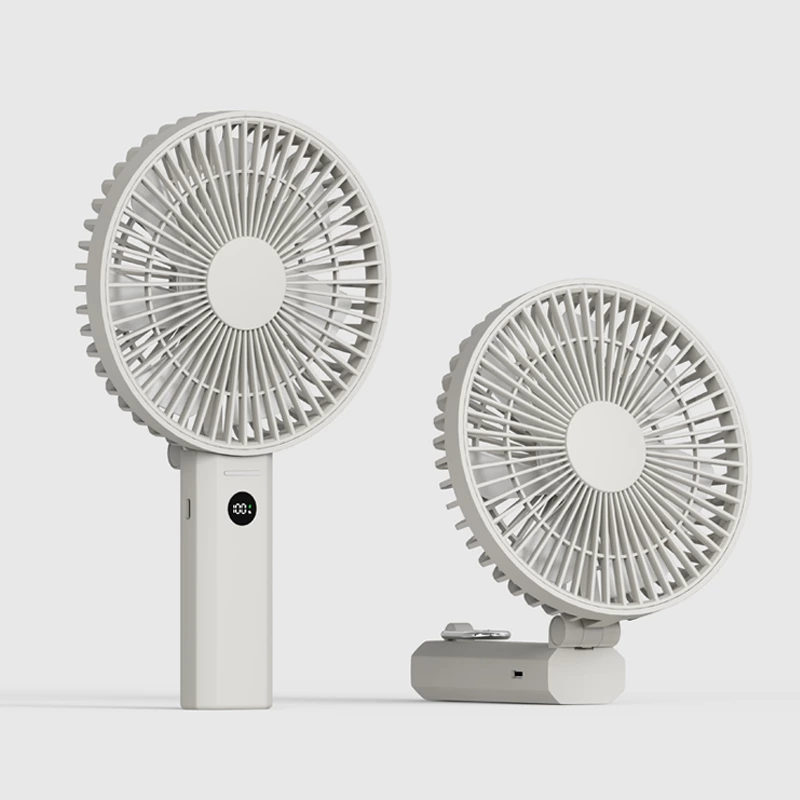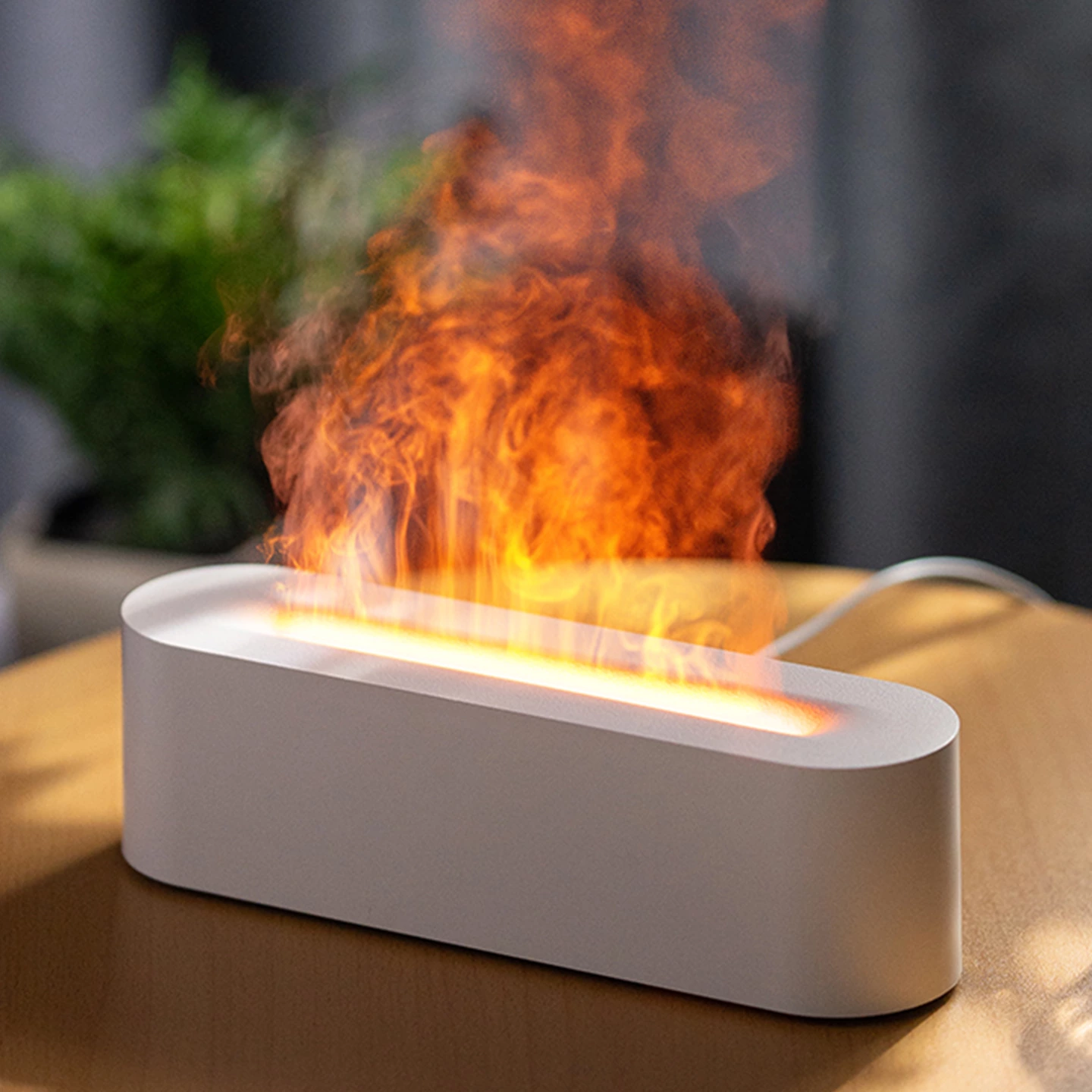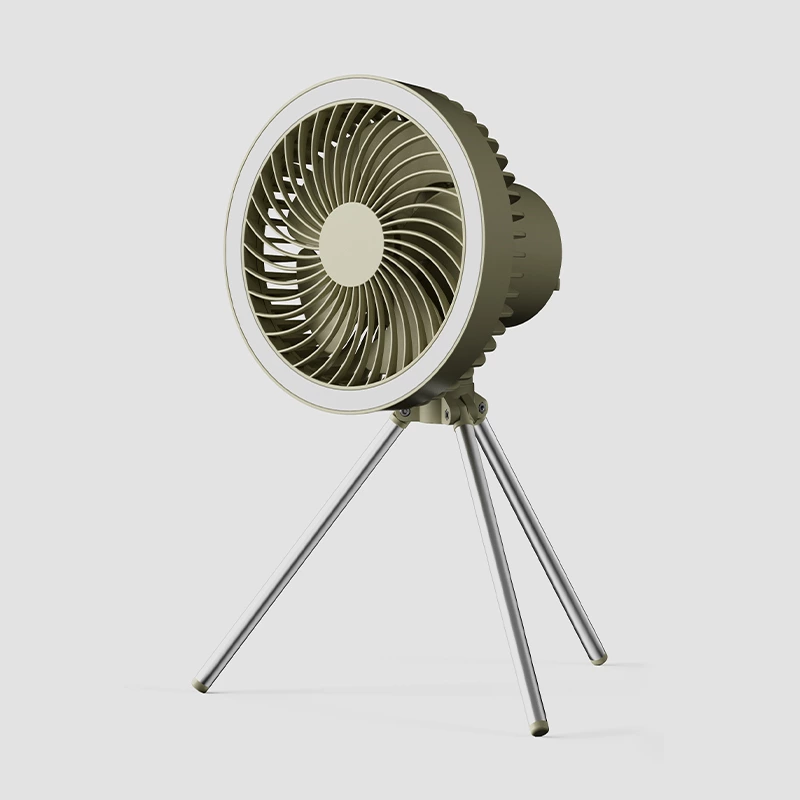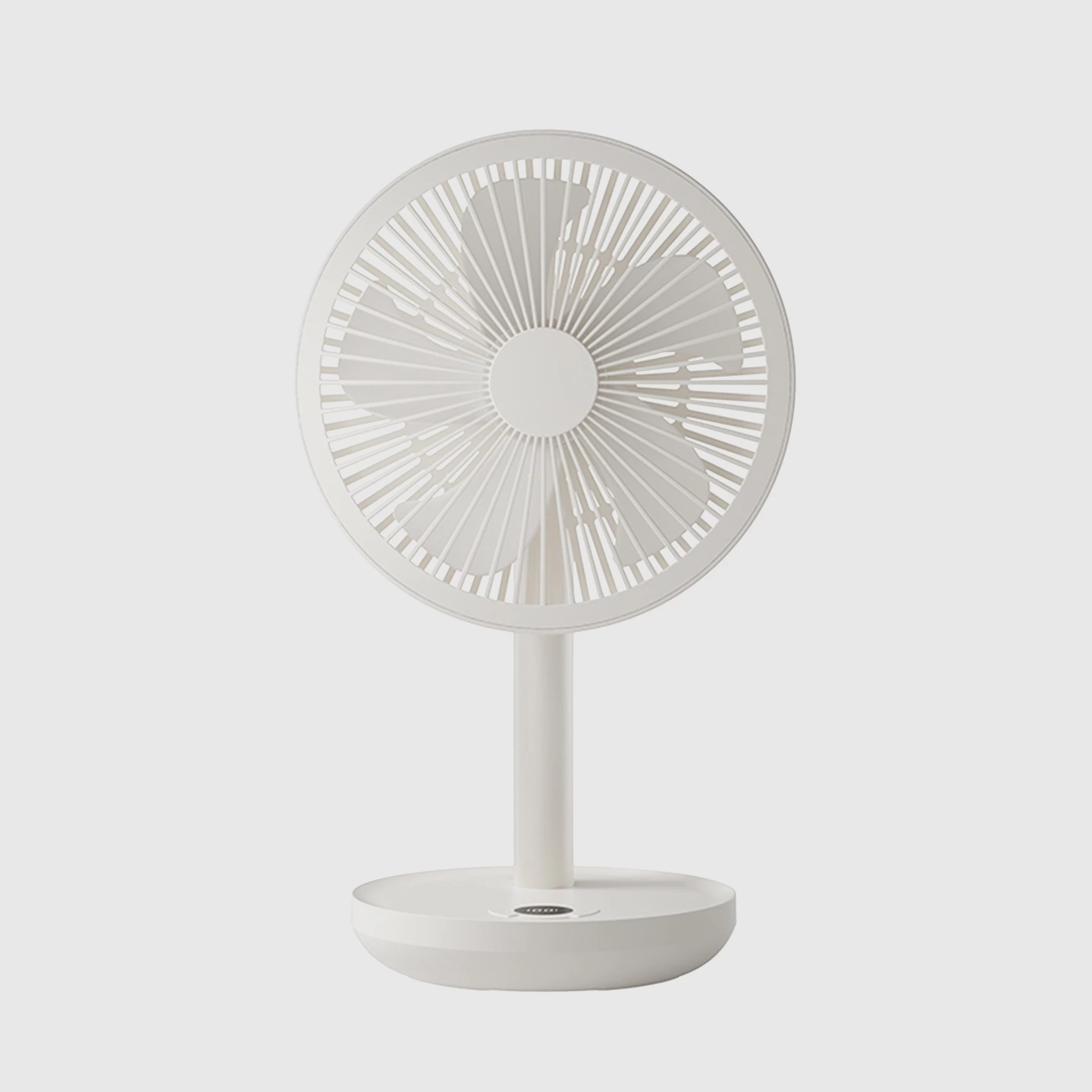How a Handheld Fan Cools Down: The Science Behind Surface Cooling
Handheld fans have become a popular accessory for beating the heat, offering a convenient way to cool down instantly. However, some advanced handheld fans go beyond merely blowing air; they are designed to provide a noticeable cooling effect by lowering the surface temperature of the fan itself. But how exactly do these fans achieve this cooling effect, and what is the science behind their ability to make their surfaces feel cold? Let's explore the principles at work.
How Handheld Fans Provide Cooling
At a basic level, all fans work by moving air around. As the fan blades spin, they push air toward you, increasing the airflow and enhancing the evaporation of sweat from your skin. This process, known as evaporative cooling, helps your body regulate its temperature more effectively, providing immediate relief from heat.
However, some handheld fans take cooling a step further by incorporating advanced technologies that enable their surfaces to become cooler than the surrounding air. Here’s how they do it:
The Science Behind Surface Cooling
-
Peltier Technology (Thermoelectric Cooling)
-
Many advanced handheld fans use a thermoelectric cooling mechanism known as the Peltier effect. This technology involves a Peltier module, a small electronic component that cools down one side while heating the other when an electric current passes through it. In handheld fans, the cold side of the Peltier module is positioned against a metal plate or cooling surface.
-
As the electric current flows, the Peltier module absorbs heat from the cooling surface, making it colder. The fan blows air over this cooled surface, providing a chilled breeze to the user. The effect is similar to how an air conditioner cools the air by transferring heat from inside to outside. In this case, the heat is dissipated to the back side of the Peltier module, which often has a small heat sink to help manage the generated heat.
-
-
Use of Conductive Materials
- Another method involves using materials with high thermal conductivity, such as aluminum or copper, on the fan’s cooling surface. These materials quickly absorb heat from the surrounding air or the user’s skin, creating a sensation of coolness. When combined with a small amount of airflow, this method can effectively make the fan's surface feel cooler without needing complex technology.
-
Gel or Liquid Cooling Packs
- Some handheld fans feature built-in compartments for gel or liquid cooling packs. These packs are designed to be frozen or refrigerated before use. When placed in the fan, they provide a cold surface that enhances the cooling effect of the airflow. As the fan operates, the air passing over the cold pack cools down, creating a refreshing breeze.
-
Evaporative Cooling Pads
- Some handheld fans are equipped with evaporative cooling pads, which are small absorbent materials that retain water. When the fan blows air over these wet pads, the water evaporates, absorbing heat from the surrounding air and producing a cooler airflow. This process leverages the natural cooling effect of evaporation, much like sweating cools your body.
Benefits of Handheld Fans with Surface Cooling Technology
-
Enhanced Cooling Efficiency
- By actively cooling their surfaces, these fans provide a more efficient cooling experience than traditional fans. They not only increase airflow but also reduce the air temperature, offering quicker relief in hot conditions.
-
Portable and Convenient
- Handheld fans with surface cooling technology are typically lightweight, compact, and rechargeable, making them easy to carry and use anywhere—whether you’re at the beach, hiking, or just commuting on a hot day.
-
Energy-Efficient
- These fans are energy-efficient compared to other cooling devices like air conditioners. The thermoelectric or conductive technologies used require minimal power, allowing the fan to operate for several hours on a single charge.
-
Safe and Environmentally Friendly
- Unlike refrigerant-based cooling systems, which can be harmful to the environment, handheld fans with surface cooling technologies use safe, non-toxic materials. They provide effective cooling without the need for chemicals or refrigerants.
Tips for Using Handheld Fans with Surface Cooling
- Pre-Cool the Cooling Packs: If your fan uses gel or liquid cooling packs, always remember to freeze or refrigerate them beforehand to maximize their cooling effect.
- Optimize Airflow: Position the fan close to your face or body to maximize the cooling effect, and adjust the fan speed according to your comfort level.
- Keep It Charged: Make sure to keep the fan fully charged to enjoy continuous cooling, especially during extended outdoor activities.
- Use in Combination with Other Cooling Methods: For even better results, use your handheld fan with other cooling methods, like staying hydrated or wearing breathable clothing.
Handheld fans with surface cooling capabilities offer a smart and effective way to stay cool in the heat. By leveraging technologies like the Peltier effect, conductive materials, cooling packs, or evaporative pads, these fans go beyond simply moving air—they actively cool down the surface, providing a much more refreshing experience. Portable, energy-efficient, and safe, they are an excellent option for anyone looking to beat the heat in a more convenient and innovative way.

